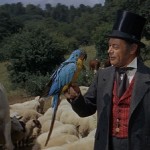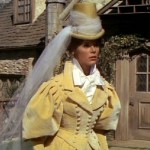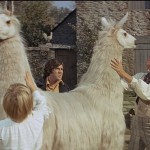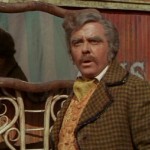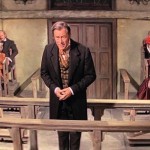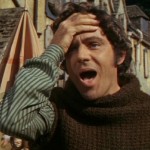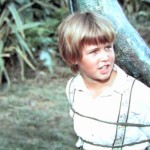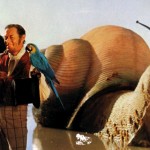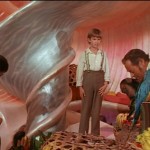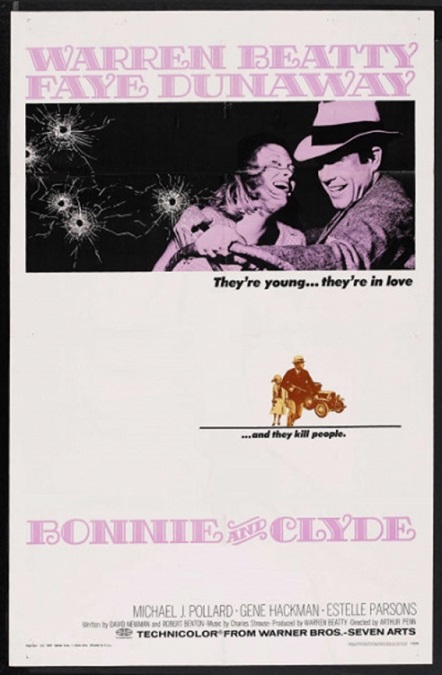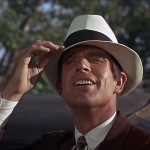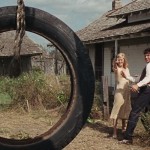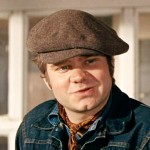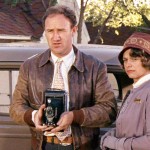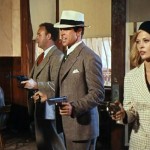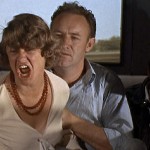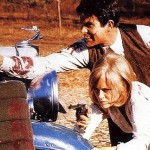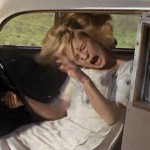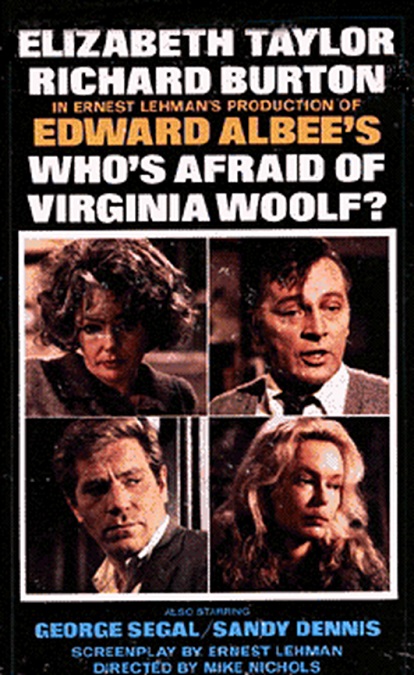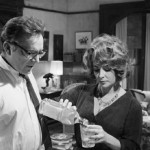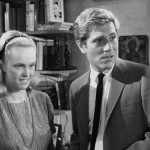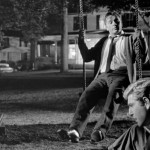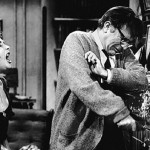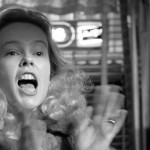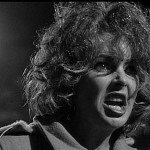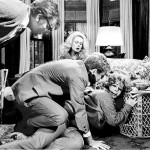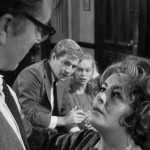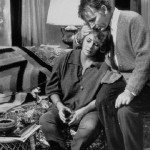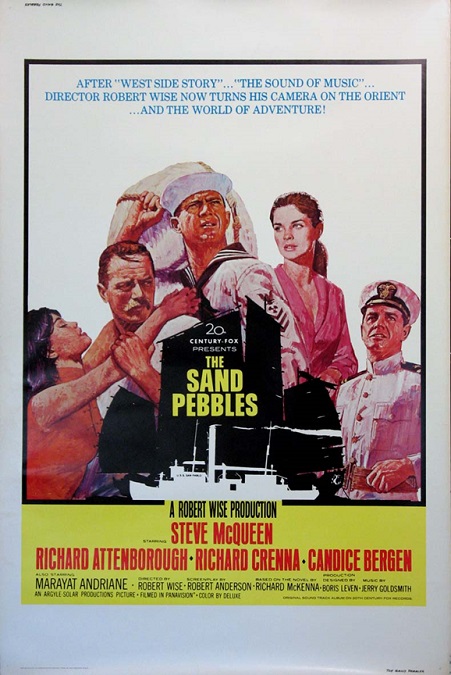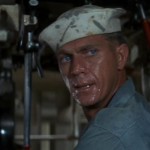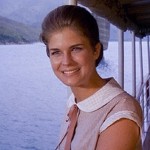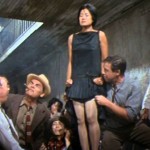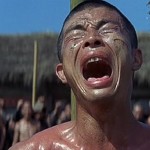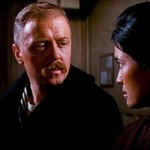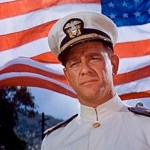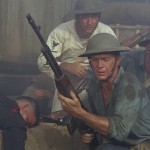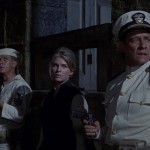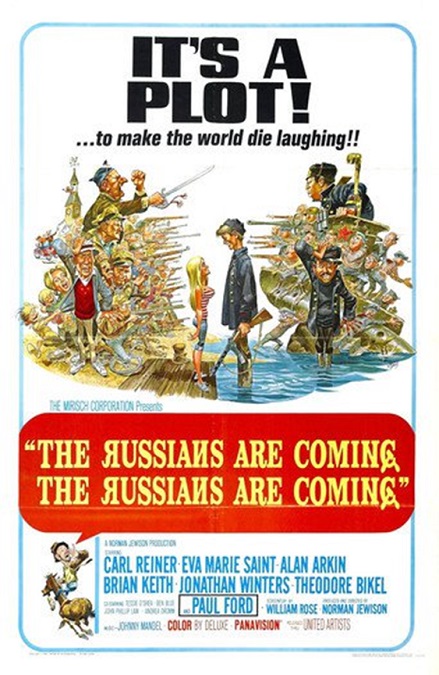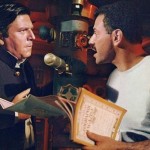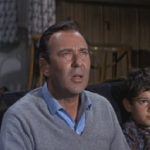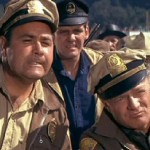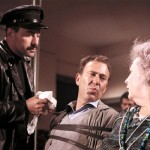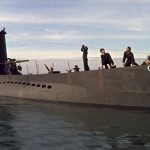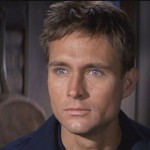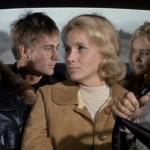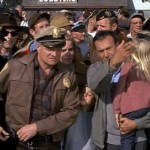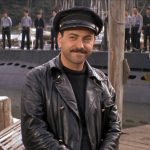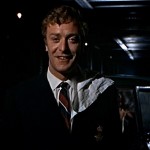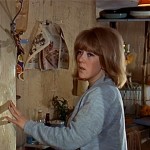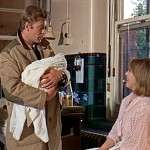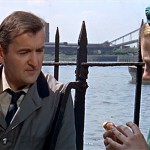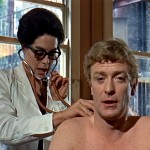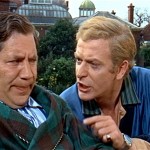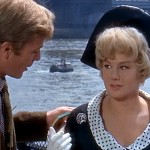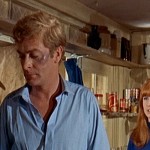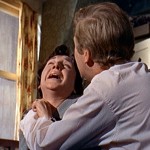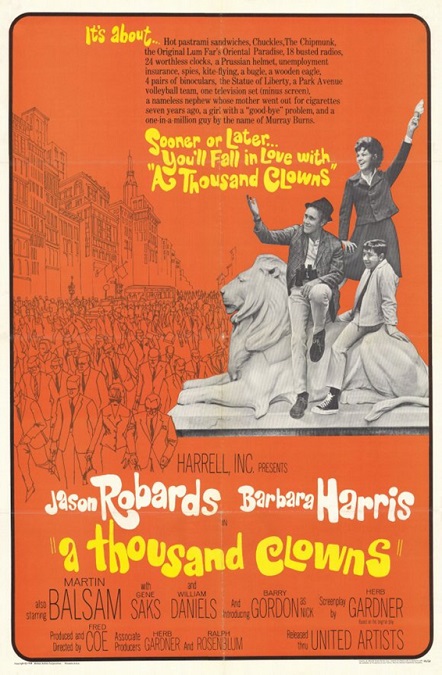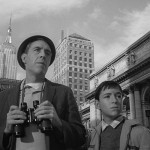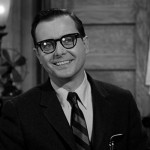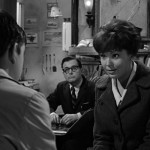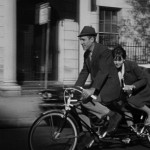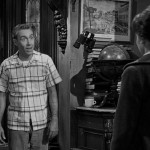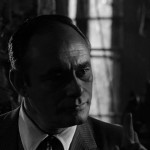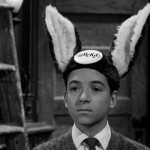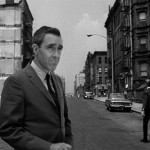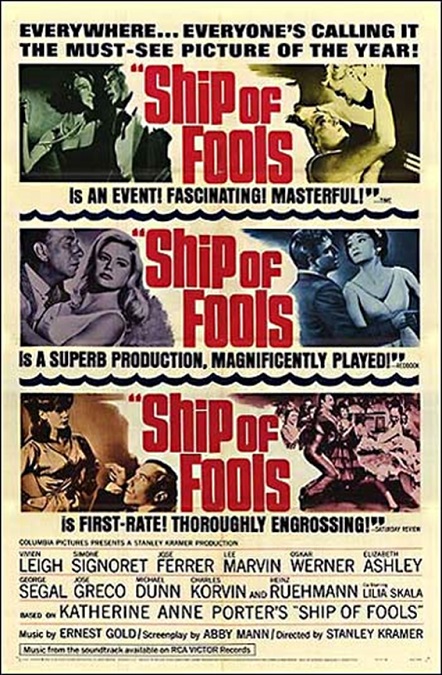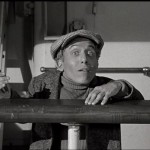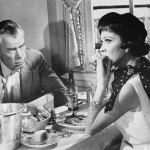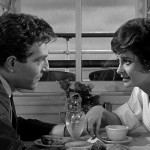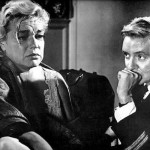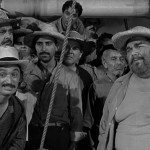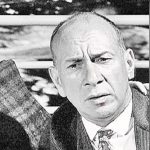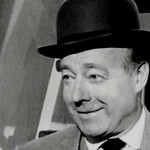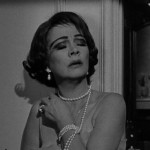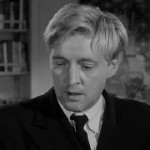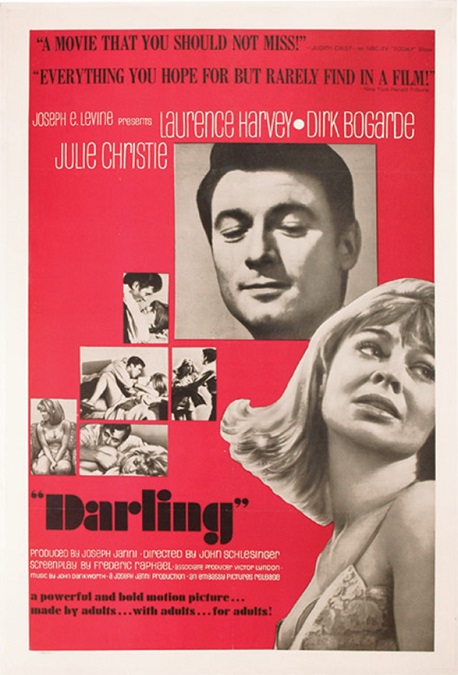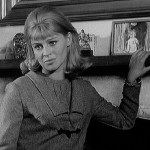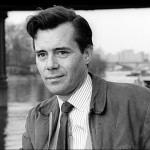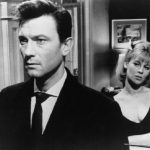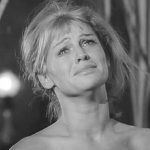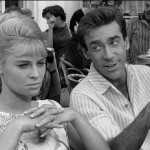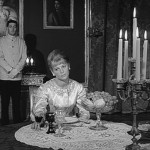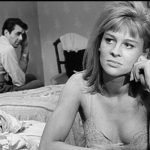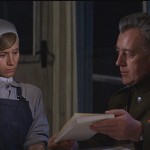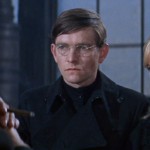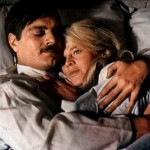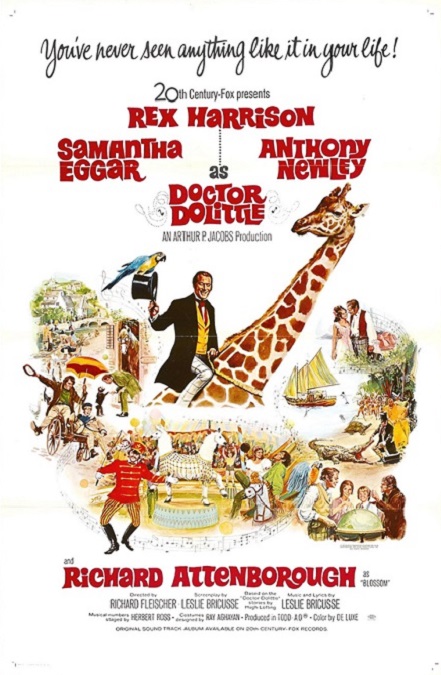
Doctor Dolittle – 1967
To paraphrase a line from the Simpsons episode entitled, “Cue Detective”, when the students of Springfield Elementary are forced to watch Doctor Dolittle, one of them says, “The movie’s run time is 152 minutes. No! The run time is NOW!” They try to make a break for it but are forced back into their seats with water from a fire-hose. I couldn’t agree more.
I’m sorry to say it, but this was a terrible movie musical. The acting was bad, the plot was predictable, the special effects were poorly done, the songs were monotonous and unmemorable, the pacing was slow and plodding, the overall message was ridiculous, and on top of all that, they broke the cardinal rule of movie-making. Cute for the sake of cute is never cute… never!
Where do I start? Well, for one thing, the film would have been just fine if I had been between the ages of 3 and 6. But as an adult, I found it to be bizarrely farcical and ridiculous. The plot is so strange, at times downright stupid, that it was almost embarrassing to watch. Again, a 4 year old child would probably enjoy all the flights of fancy and fantastical imagery.
The movie starred Rex Harrison as the title character, Doctor Dolittle, an eccentric man who loves animals so much, he has no problem romantically kissing a seal. Yes, that actually happened. He sang it a love song, and kissed it. His supporting cast included Anthony Newley as Matthew Mugg, a shiftless Irish stereotype, and Tommy Stubbins, played by child actor William Dix, an annoying little boy whose main purpose in the film was to look cute. And lest I forget, Samantha Eggar, playing Emma Fairfax, the overly-independent young woman who is cross with everyone. She allows everyone, especially the Doctor, to treat her horribly, and then inexplicably falls in love with him anyway.
The film begins by telling the story of the good Doctor. Apparently he was a terrible physician who grew fed-up with stupid people. So when a sentient parrot introduces herself to him, he decides to treat animals instead. He spends years learning to speak their languages, revealing that all animals possess human level intelligence, and are all more polite than most humans.
The big goal of the plot? Why, to find the mythical Great Pink Sea Snail, of course. Unfortunately, when they finally do, it was a huge anticlimactic disappointment. The sorry-looking animatronic creature appeared extremely fake and poorly made for a movie with such a big budget. Along the way to achieving this goal, Dolittle and his companions meet several mythological animals like the Pushmi-pullyu: a llama with front halves of two llamas connected to each other like Siamese twins. It was just the kind of creature that would spark the imagination of a toddler. Of course, there was the Giant Pink Sea Snail, and lastly, the Giant Lunar Moth, large enough for Doctor Dolittle to ride it all the way from the magical floating island somewhere off the coast of Africa, back to his native England.
So if it was such a ridiculous, terrible movie, why was it nominated for Best Picture? To answer that question, I’m going to quote excerpts from the Wikipedia article that explained it all. “The film was originally budgeted at $6 million, but the final cost was triple that. The film’s first sneak preview in September, 1967 in Minneapolis was a failure. The audience consisted largely of adults, who were not the primary target audience. The general audience response rated it poorly, with frequent complaints about the film’s length. A shorter edit of the film, previewed in San Francisco, was no more successful; a still shorter edit, previewed in San Jose, was well enough received to be approved as the final cut. According to the book Behind the Oscar, Fox mounted an unparalleled nomination campaign in which Academy members were wined and dined. As a result, the film was nominated for nine Oscars, including Best Picture”
So, an aggressive nomination campaign ensured that this flop has gone down in history as good enough to be nominated for Best Picture. How very disappointing. I’m sorry to say it, but so far, this is one of the worst films to be nominated for Best Picture, beat out, in my humble opinion, only by the 1930/31 nominee, Skippy.
